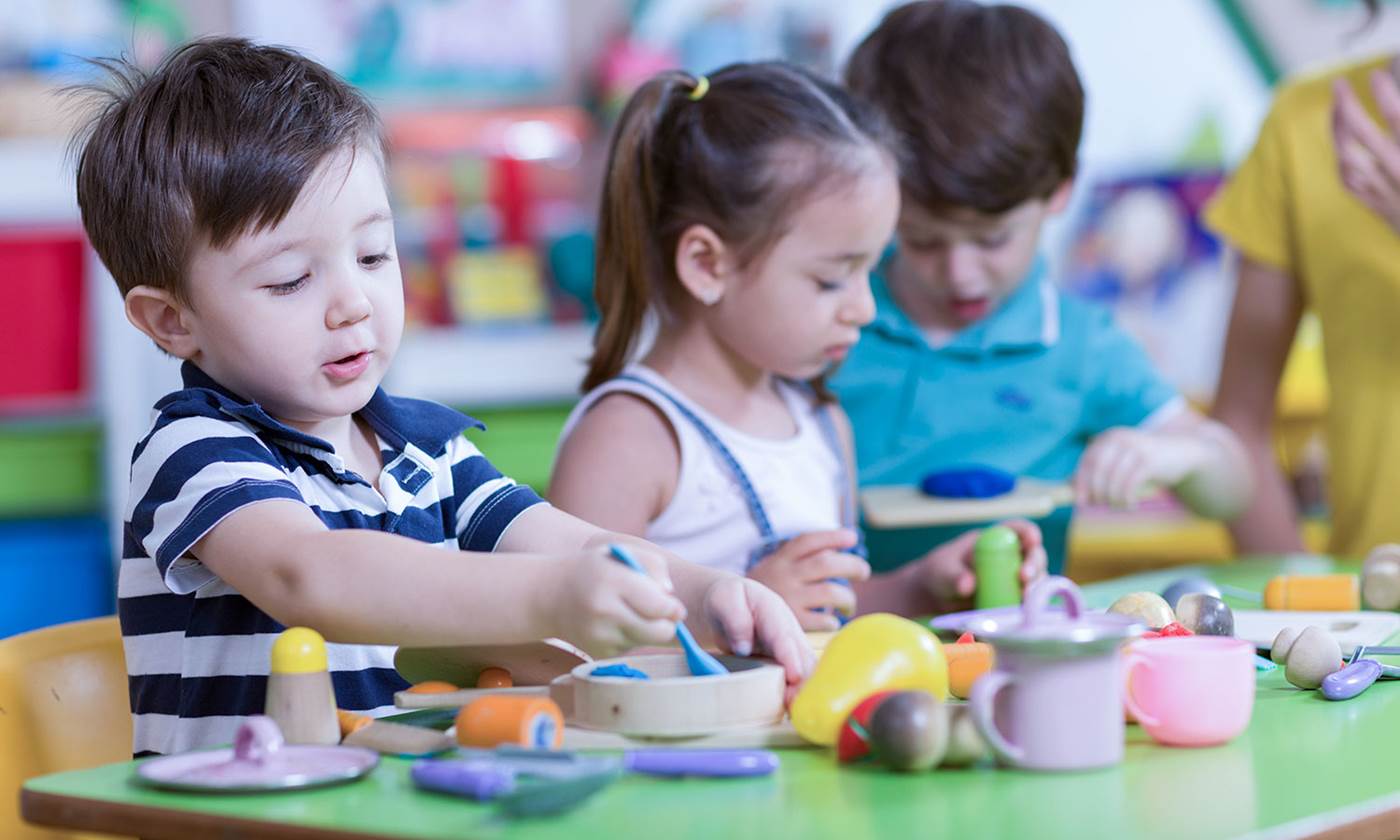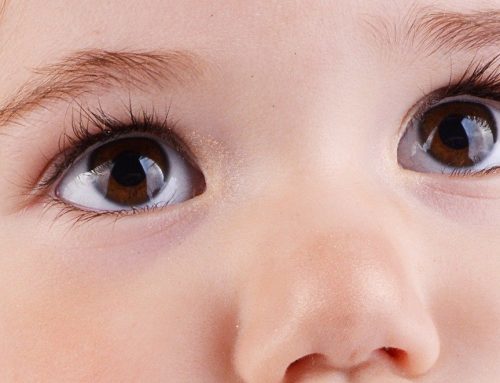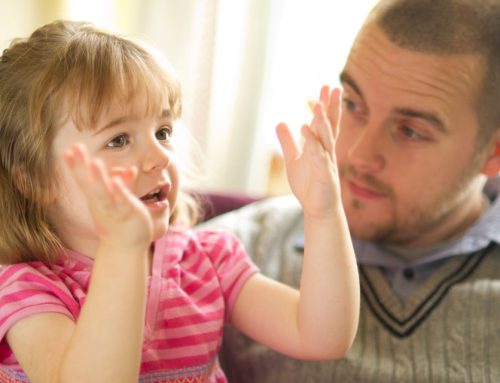So now you have profiled a child’s communicative strengths and challenges
and have some ideas brewing for where you would like to start.
Things can get pretty overwhelming at this stage so here a few helpful suggestions for communication goals that can be targeted in early childhood settings during natural routines and play:
“What will make the most difference to this child’s life?”
When looking at your profile of communication strengths and challenges, this is a vital question to ask as you sit back and reflect upon where to start.
SPEECH: What speech sound difficulties are those that are most impacting intelligibility and clarity for this child? These might be good sounds to start working on if developmentally appropriate. https://learn2communicate.com.au/product/speech-development-a-toolkit-for-early-childhood-educators/
RECEPTIVE LANGUAGE: At what times of the day does the child’s difficulties with understanding language most impact his or her capacity to engage with activities, routines and play? Perhaps it is when needing to follow instructions during transition times. Maybe it is when required to listen and respond during story time on the mat or when responding to questions for early morning circle time.
EXPRESSIVE LANGUAGE: Are there situations where communication breaks down because a child is unable to effectively convey his or her ideas using words or short sentences? Does this ever result in frustration for you or for the child?
SOCIAL COMMUNICATION: Have you noticed particular patterns of challenge related to the child’s difficulties in understanding and using the many unwritten rules of social interaction and play. Perhaps the child is struggling to understand the concept of turns or does not seem to comprehend when his or her actions have upset a playmate. Maybe the child’s ability to play has stalled and the child is yet to play with a variety of items in a reciprocal and imaginative manner. This may be restricting their ability to positive engage with peers.
Take Small Steps to Achieve Communication Goals
As I have often said…my advice is that less is more. Choose no more than 3 small things to start working towards the child achieving in your early childhood setting. Choose goals that are important, that have meaning to the child, are developmentally appropriate and that will make a significant difference for your child.
Keep goals small, really specific and achievable to target in natural early childhood routines.
Achieving these small goals helps the child to inch towards achieving those big, longer term goals whilst being motivated by small wins and success along the way.
Some examples might include:
XX will understand and follow 2 step instructions during lunch time e.g. “Get you lunch box…..and get your hat”.
Remember to also note the supports that you are going to infuse into these goals to set the child up for success. In the above example it might be that you will call the child’s name first, get down to their level, place yourself face to face with the child when giving the instruction and slow your speech down. You might also include gestures such as pointing and pictures of the items that the child needs to collect.
XX will attempt to imitate longer, tricky words after the educator during story time (supports will include clapping out syllables, slowing down speech rate and encouragement for the child to look at educator’s mouth)
XX will use a simple ‘I want….’ spoken request to ask for more of what XX wants during bubble, car and block play with an educator (supports will include educator modelling of the spoken request, use of key word sign and natural gesture and communicative temptations)





